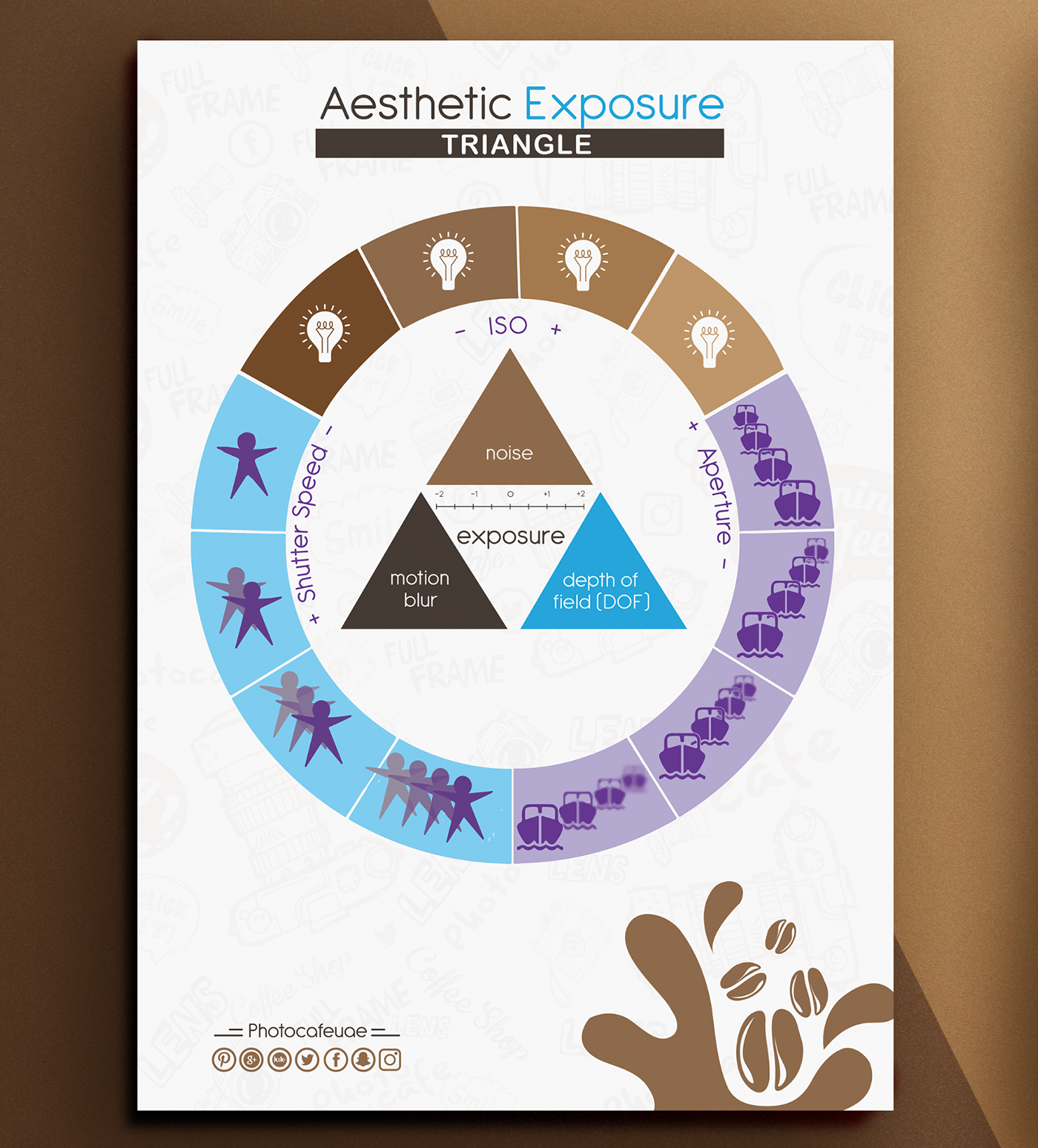What Every Digital Photographer Should Learn About Lighting
What Every Digital Photographer Should Learn About Lighting
Blog Article
Web Content Create By-Gillespie Isaksen
As a photographer, you understand that lights can make or break your images. Understanding the subtleties of both natural and synthetic light is vital for catching the mood and quality you go for in your job. Whether you're chasing the excellent golden hour glow or fine-tuning your synthetic setups, understanding these aspects can elevate your photography considerably. However there are common mistakes that several forget, and recognizing them can change your approach to every shoot. Allow's discover what you might be missing out on and just how it can influence your results.
Recognizing All-natural Light
Understanding natural light is critical for any digital photographer seeking to boost their job. It's the foundation of terrific photography, affecting state of mind, tone, and clearness. When you fire outdoors, focus on the moment of day. The gold hour-- quickly after sunup and prior to sundown-- provides soft, warm light that can transform normal scenes into stunning pictures.
Do not ignore the power of overcast days. Cloud cover diffuses sunshine, developing a soft, also light that's ideal for portraits and macro digital photography. You'll locate colors pop in this kind of lights without rough shadows.
Positioning issues, also. Always consider your subject's orientation to the light source. If the sun's behind your subject, you may end up with a silhouette, which can be significant but mightn't be what you want. Conversely, straight sunlight can develop uncomplimentary darkness.
Explore angles; sometimes, transforming your point of view can produce outstanding results. Usage all-natural reflectors, like water or sand, to bounce light onto your topic, adding measurement.
Learning Artificial Light
Understanding man-made light is essential for professional photographers that want to take their abilities to the next level. Whether you're using speedlights, studio strobes, or constant lights, understanding how to control these resources can significantly enhance your pictures.
Start by familiarizing yourself with the essentials of light quality, direction, and shade temperature level. Explore various modifiers like softboxes, umbrellas, or grids to manage the soft qualities or cruelty of the light.
You'll locate that soft light usually produces complementary outcomes, while harsher light can add dramatization and deepness. Do not avoid https://metro.co.uk/2019/06/25/kate-element-passes-photography-tips-children-10069709/ can enhance the three-dimensionality of your subjects.
Pay very close attention to the positioning of your lights. http://brande33mittie.xtgem.com/__xt_blog/__xtblog_entry/__xtblog_entry/37571279-imaginative-ways-to-market-your-digital-photography-solutions?__xtblog_block_id=1#xt_blog positioned too near your subject can produce unflattering results, while too away can result in an absence of information. Utilize a light meter or your electronic camera's histogram to ensure you're subjecting appropriately.
Finally, remember that synthetic light can be mixed with ambient light for imaginative impacts. Stabilizing these resources may take method, but once you grasp it, your photography will absolutely beam.
Methods for Various Scenarios
When you enter various capturing scenarios, adjusting your lights techniques is important for catching the most effective photos. For exterior pictures, make use of the golden hour-- early morning or late afternoon light-- to soften darkness and enhance complexion.
If it's an extreme lunchtime sunlight, take into consideration making use of a reflector to bounce light back onto your topic or look for shaded areas for a much more even direct exposure.
In low-light situations, like indoor events, enhance your ISO and use a large aperture to let in even more light. A tripod can aid eliminate camera shake, enabling longer direct exposures without obscuring.
If you're shooting at night, try out off-camera flash to develop vibrant lights and deepness in your pictures.
For item photography, use diffused lights to stay clear of extreme representations. Softboxes or light camping tents can aid attain this impact.
When photographing landscapes, think about the direction of light and time of day, as it can drastically alter the mood of your shot.
Always prepare to adjust your settings and positioning based on the circumstance, as adaptability is crucial to mastering lights in digital photography.
Final thought
Finally, mastering illumination is essential to boosting your photography skills. Welcome all-natural light's charm during golden hour, and do not shy away from experimenting with fabricated light techniques. By adapting your approach to various circumstances, you'll catch spectacular pictures that reverberate with emotion and quality. Remember, the ideal lights can change an ordinary shot into something phenomenal, so keep practicing and refining your understanding of both all-natural and synthetic light. Satisfied shooting!
